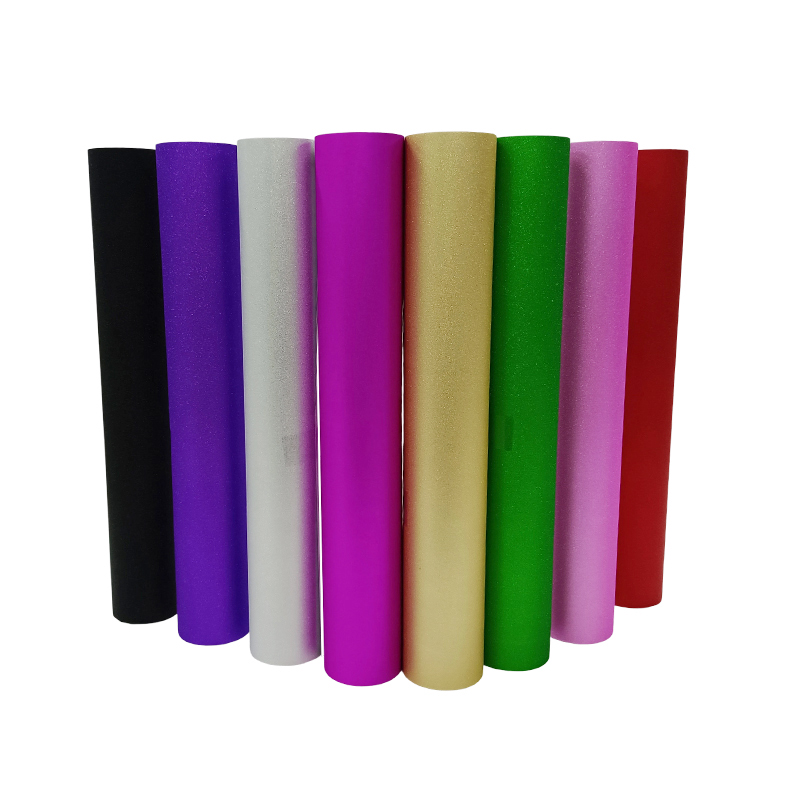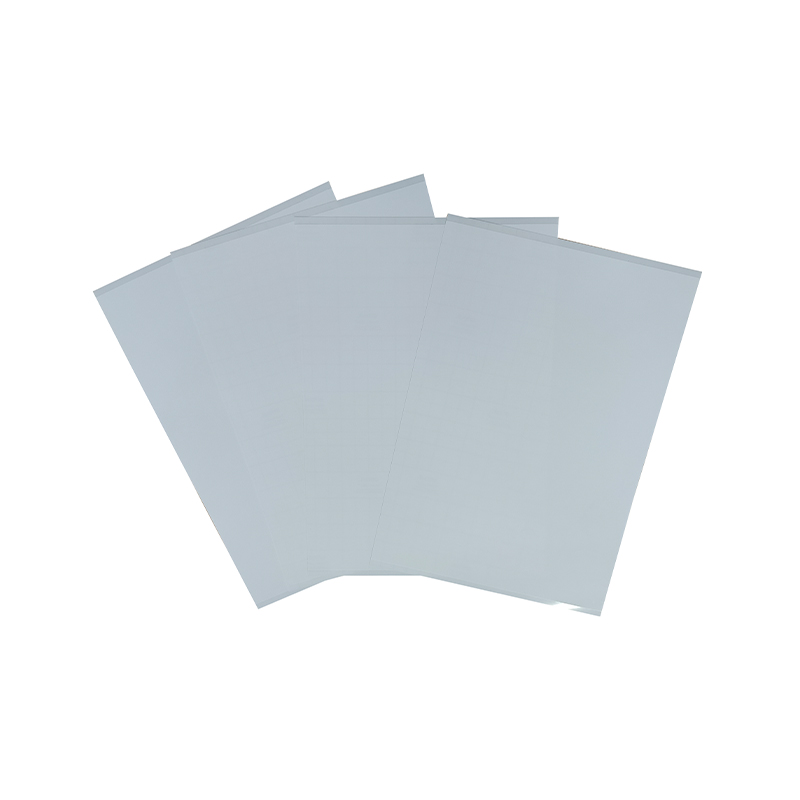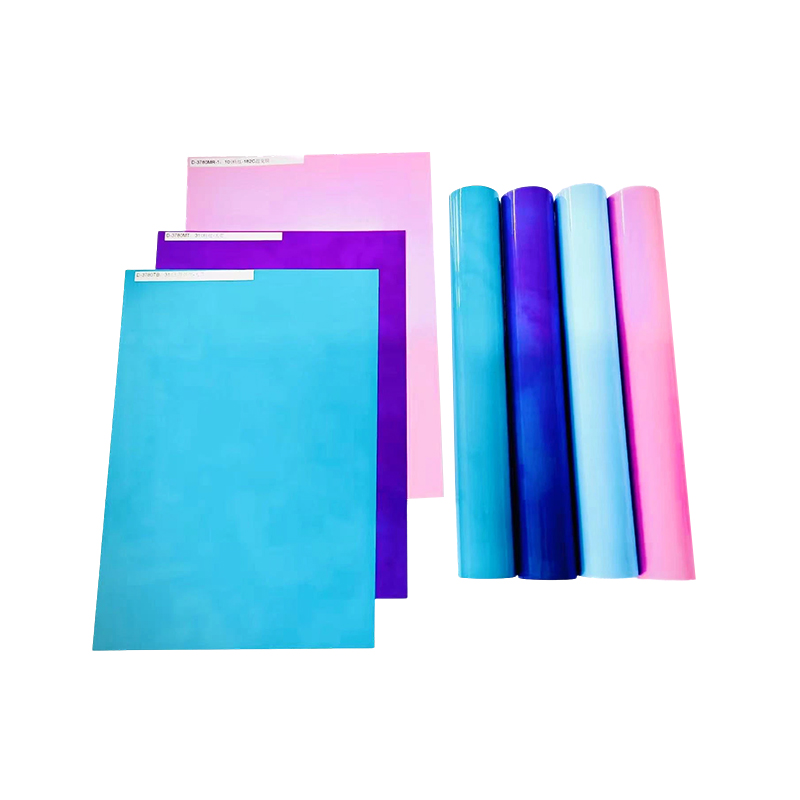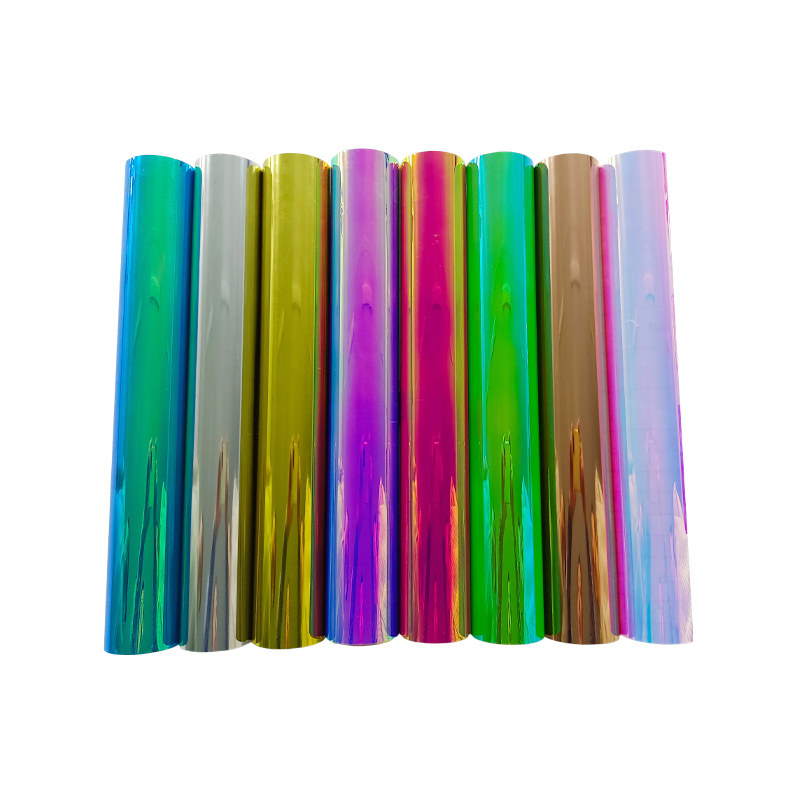The color change response time of color change vinyl temperature change film is too long. How to optimize the process?
Release Time : 2025-09-16
The long color change response time of color-change vinyl temperature-change film is often closely related to the material formulation, molecular structure, process parameters, and environmental conditions, requiring coordinated optimization from multiple dimensions to improve its sensitivity.
At the material formulation level, the response speed of the color-changing film is directly related to the molecular structure of the color-changing active substance. For example, in organic reversible thermochromic materials composed of electron donors and acceptors, the electron transfer efficiency determines the speed of color change. Large side chains or excessive backbone rigidity can hinder molecular thermal motion, resulting in a prolonged response time. In this case, introducing flexible segments or optimizing the electron acceptor structure can reduce intramolecular rotational hindrance and accelerate electron transfer. Furthermore, microencapsulation technology can protect the color-changing active substance from external environmental interference, but the thickness and permeability of the capsule wall material must be precisely controlled. Excessively thick walls prolong the diffusion path of ions or electrons, while too thin walls can reduce stability. By adjusting the wall material composition and preparation process, a balance between diffusion rate and protective performance can be achieved.
Optimizing process parameters is key to shortening response time. During thin film preparation, process parameters such as magnetron sputtering or electron beam evaporation directly affect the microstructure of the color-changing layer. For example, when preparing WO₃-based electrochromic films, the argon-oxygen flow rate ratio significantly affects the film's crystallinity and oxygen vacancy concentration. A 50:50 argon-oxygen flow rate achieves optimal oxygen vacancy density, improving ion migration and thus shortening coloring and fading response times. Similarly, introducing conductive materials (such as silver nanoparticles) into the color-changing layer can create electron transport channels and reduce interfacial resistance. However, the thickness of the silver layer must be precisely controlled; excessive thickness can hinder ion transport and, in turn, prolong response time. Experimental results show that a silver layer thickness of 6 nanometers achieves the highest efficiency of coordinated electron and ion transport, reducing response time by 60% of the original level.
Manipulating environmental conditions significantly influences the actual response speed. Temperature is the primary factor affecting molecular thermal motion. At low temperatures, molecular kinetic energy decreases, slowing the diffusion and reaction rates of the color-changing active substance. In this case, preheating the substrate or using infrared-assisted heating can increase the local temperature to accelerate the color change process. Humidity control is also crucial. High humidity can cause the color-changing layer to absorb water and swell, hindering ion migration. During the film encapsulation stage, using hydrophobic materials or adding a moisture-proof coating can effectively reduce moisture penetration and maintain the stability of the color-changing layer. Furthermore, the impact of lighting conditions on photochromic/thermochromic composite films cannot be ignored. Ultraviolet light can trigger photodegradation of the color-changing active substance, resulting in a gradual increase in response time. Adding UV absorbers or using dark substrates can reduce the risk of light damage.
Enhancing the mobility of molecular chains is an inherent mechanism for optimizing response time. For polystyrene color change vinyl temperature change film, the bulky side chains create high steric hindrance to rotation within the main chain, resulting in a slow color change response. Introducing flexible segments (such as polyethylene glycol) through copolymerization can increase the flexibility of the molecular chain and promote molecular rearrangement during the thermochromic process. Optimizing the curing process (such as adjusting the solvent evaporation rate or using a step-by-step temperature curing process) can reduce internal stress and avoid limiting molecular chain motion due to film shrinkage.
In practical applications, response time and other performance indicators must be balanced based on specific needs. For example, in the smart window field, shortening the response time can improve the user experience, but this requires considering the film's light transmittance and weather resistance. In the anti-counterfeiting label field, optimizing the response time must be coordinated with the color change temperature range to ensure rapid information display under specific conditions. Through a comprehensive strategy of material screening, process improvement, and environmental control, the response speed of color change vinyl temperature change film can be significantly improved, expanding its application potential in smart displays, temperature sensing, and other fields.







